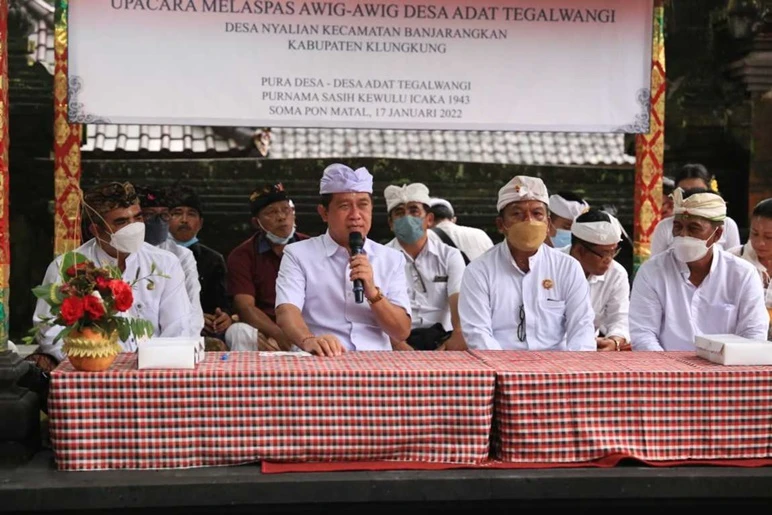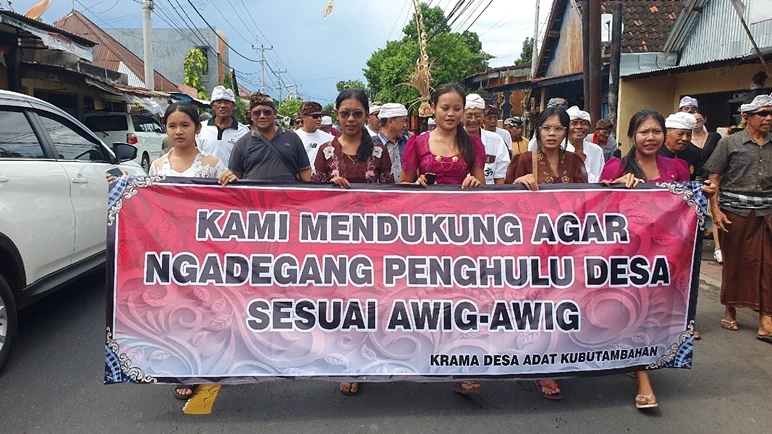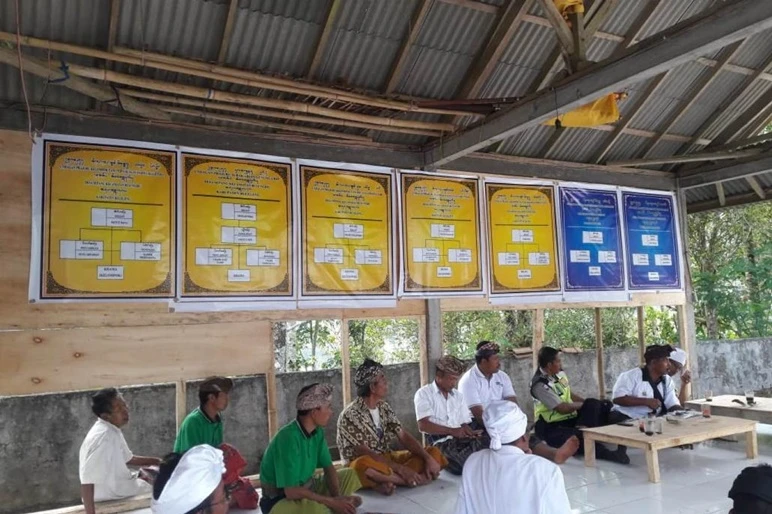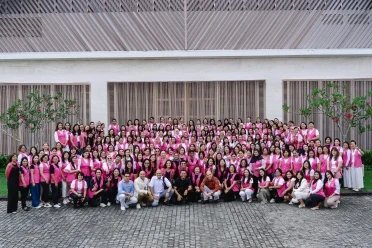Bali is often celebrated for its beaches and temples, but beneath the postcard beauty lies a powerful system of grassroots regulation that has kept communities in balance for centuries. Known as awig-awig, this customary law shapes how villages interact with nature, with the divine, and with each other.
Discover how awig-awig continues to safeguard Bali’s identity and what it means for the future of local wisdom—read on to explore the full story!
Living Law in the Heart of Bali
In Bali, tradition and modernity do not merely coexist, they weave together to form a living culture that resists erosion by global tourism. At the core of this balance is awig-awig, the customary law that regulates the life of Balinese traditional villages or desa adat. Unlike written national laws, awig-awig grows organically with the community. It is not imposed from outside but evolves as part of collective memory and spiritual practice.

Awig-awig governs everything from relations among villagers to their connection with nature and the divine. Rooted in the Hindu philosophy of Tri Hita Karana, the harmony of people with God, with one another, and with the environment, this framework ensures that tradition is not just preserved as a cultural spectacle but lived as a guiding principle.
From Ancient Manuscripts to Modern Villages
The roots of awig-awig stretch back centuries. Records from the 14th century in Karangasem show how rules were already codified to manage communal life. Even then, the intention was clear: to ensure order, fairness, and spiritual integrity. Though early versions often lacked clear structure and relied on oral tradition, the spirit of the law has remained consistent.

Today, each desa adat in Bali maintains its own awig-awig, adapted to local conditions through the principle of desa kala patra, meaning place, time, and circumstance. Some are written in both Balinese and Indonesian, complete with codified sanctions, while others still live in oral form, transmitted through ritual and collective agreement. What binds them is not uniformity but the conviction that the rules are part of the community’s identity.
The Power of Social Sanctions
Awig-awig is not simply about prohibitions, it is about accountability. Violations can lead to sanctions that range from symbolic acts of apology to financial penalties or even temporary exclusion from communal life. Far from being draconian, these measures reflect a philosophy that prioritizes balance over punishment. The ultimate goal is restoration of harmony, not alienation.

This communal enforcement creates a system where law is not an abstract authority but a shared responsibility. Everyone in the village understands that violating awig-awig is not just breaking a rule but disrupting the social and spiritual equilibrium. This is why even in an era of rapid change, respect for awig-awig has not faded.
The importance of awig-awig lies not only in its ability to regulate life within the village but in the way it symbolizes grassroots autonomy. Each desa adat asserts its right to govern based on values deeply tied to religion, culture, and community. For Bali, this ensures that the island’s global identity as a tourist paradise does not eclipse its core as a society grounded in harmony.




 Billy Bagus
Billy Bagus
 Aug 25, 2025
Aug 25, 2025






